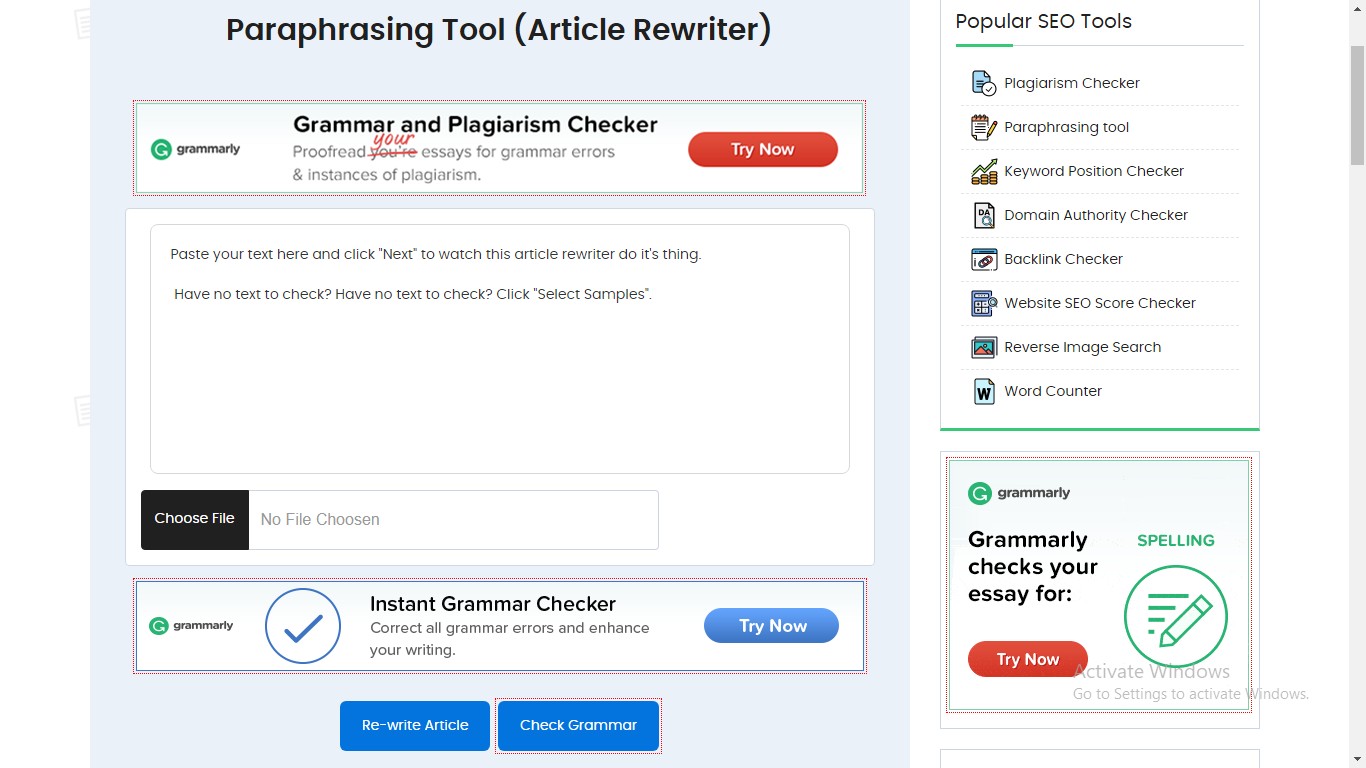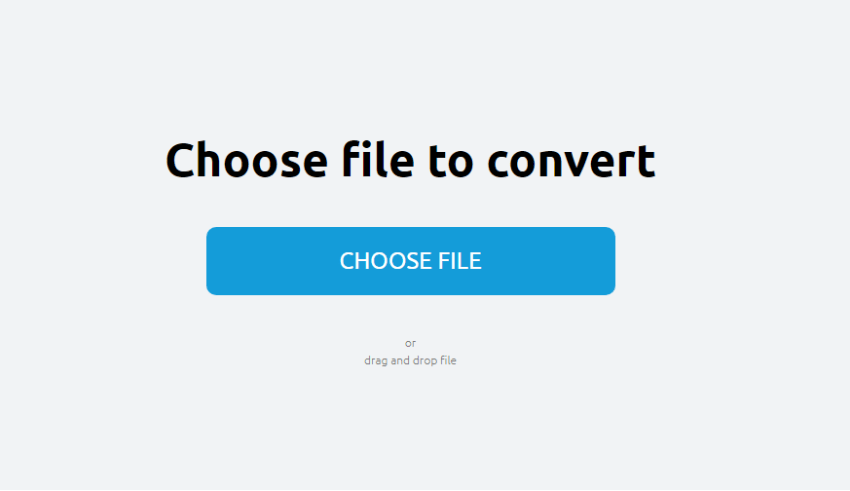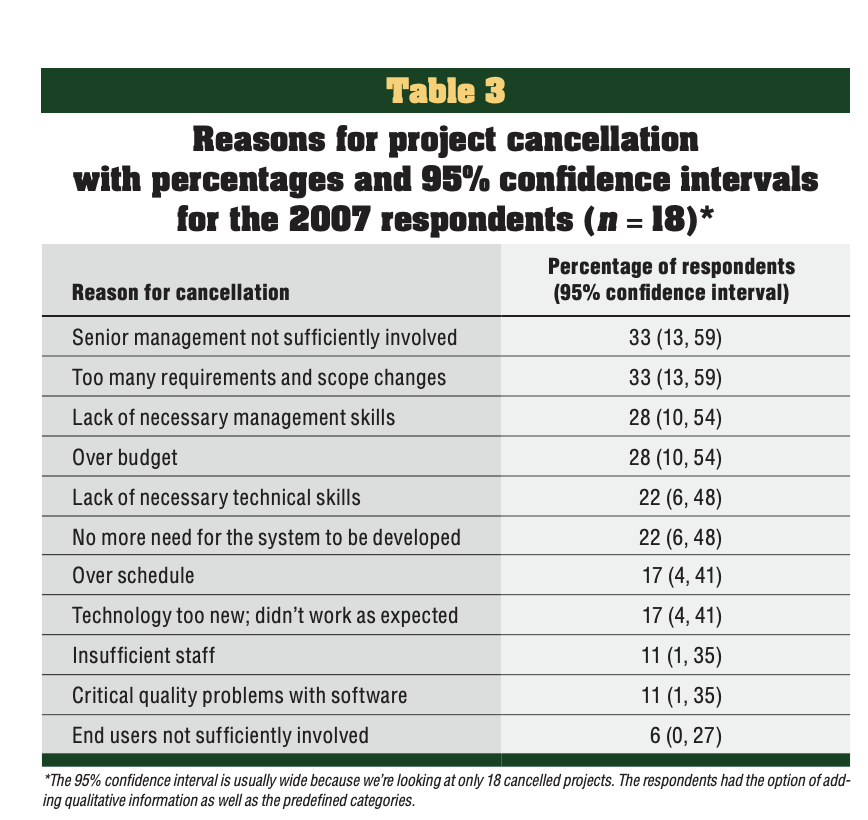What to Know About User Testing – Why It’s Important and How to Do it Right

When you have a business that sells a product, you know that you must first test your product so that you know how people use it and interact with it. As digital products have become the norm, the same principle applies to apps and websites that are to be used by your audience in order to increase your growth and profits.
All too often, companies will skip the user testing phase, either by asking their own employees to quickly check for bugs or by ignoring the whole step altogether and just pushing straight to market. This can be detrimental to the business’ bottom line, as usability testing is a crucial step in the process.
What is user testing?
User testing, also called usability testing, user experience testing and UX, is the process of testing your product among a small group of your target users. It gives you direct feedback so you can see how your users will interact or communicate with your product, so you know if there are any problems with it or how it works, or if anything can be made better to better suit the needs of your users. It’s incredibly helpful to do this before launching a product to market to help iron out any kinks.
Whether you’re working on a physical product or a digital product like an app or a website, conducting user testing is a crucial step in the product development process because it’s simple and effective in terms of increasing profitability and growth.
Even if your product is digital, user testing is still extremely important. Bugs in your app or errors on your website can deter customers from using and spending money on your product or services, and knowing that alone should convince you that user testing is invaluable. Moreover, it gives you valuable insights from your users as to why and how they use your products.
How do you do user testing right?
It’s completely possible to do usability testing in its simplest form: give your product to a test group, or multiple test groups, and record the group’s thoughts about the product as well as how they used it. There are a few ways to conduct these simple tests, but if you want some more robust data from this step of the process, there’s a better way to do it.
If you want to take it a step further and get the most that you possibly can from your user testing, it’s best to have professionals working with you on it.
Hiring an agency or consultant with a usability testing specialty will help get the answers you’re looking for from your user groups, but they can also help you get a different perspective on your own product, regardless if its an app, website, or physical product.
You should prepare for your testing before you start, and you do this by answering two questions: who should participate and which user flows are you testing? To answer the first question, you should figure out who your user base will consist of, and really get to know them.
Your product should help those people, so avoid trying to design for the “average” user because they don’t really exist. You run the risk of falling into the trap of designing for everyone, yet no one if you try to appeal to every suggestion.
To answer the second question, you should figure out which set of functionalities of your product are most important to your users. These functionalities should be completely free of obstructions so your user can use them without any distractions.
If you know what your users’ goals are, you should be able to understand which user flows will help them achieve those goals. These are the user flows you want to test in your usability testing.




